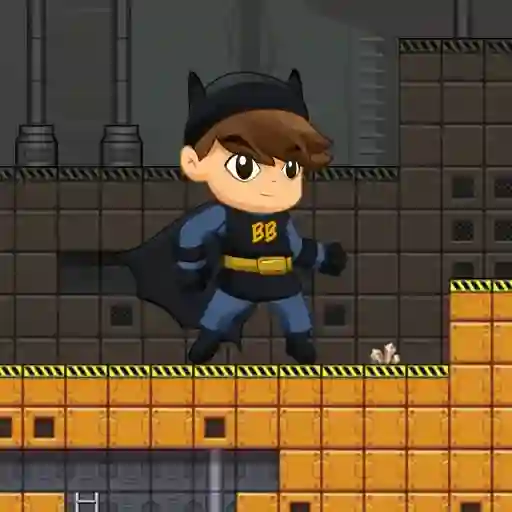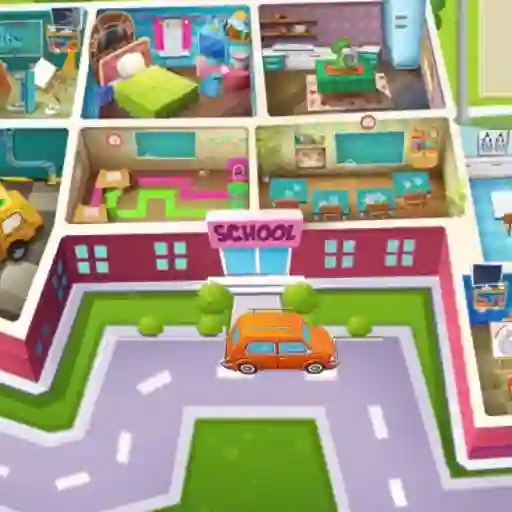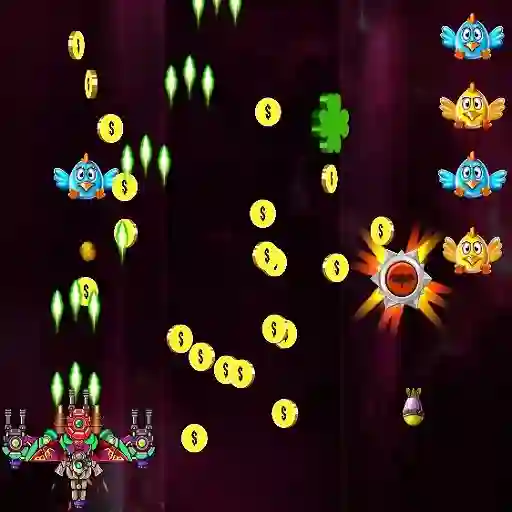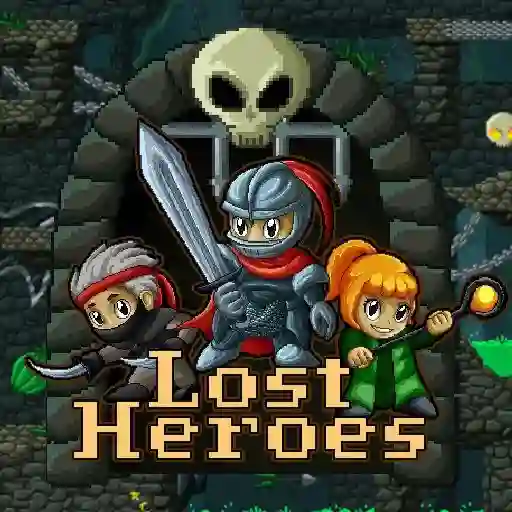







































2D games are video games rendered in two dimensions, meaning they are created using height and width but lack depth. These games are often characterized by their side-scrolling, top-down, or isometric viewpoints and are built using raster graphics or vector graphics. 2D games have been a cornerstone of gaming history, from classic arcade titles to modern indie releases.
Key features of 2D games include: • Simplicity in design: Focus on easy-to-understand mechanics and immediate gameplay. • Art style versatility: Can range from pixel art to hand-drawn illustrations. • Accessibility: Often designed for casual play or quick sessions. • Focus on gameplay: Emphasizes precision, pattern recognition, and replayability. • Nostalgia: Many classic 2D games are remembered fondly for their charm and retro appeal.
What makes 2D games popular even in modern gaming?
2D games remain popular due to their timeless appeal, simplified gameplay, and artistic freedom. They often provide a more focused and accessible experience compared to complex 3D games.
How are 2D games different from 3D games?
2D games are limited to two dimensions, while 3D games add depth, allowing for 360-degree movement and more immersive environments. 2D games are often easier to develop and more accessible for players.
Are 2D games easier to develop than 3D games?
Yes, 2D games generally require less complexity in design, animation, and programming. They focus on 2D sprites and tile-based levels, making them faster to create and less resource-intensive compared to 3D games.